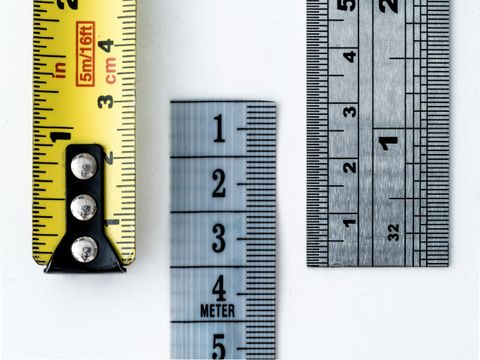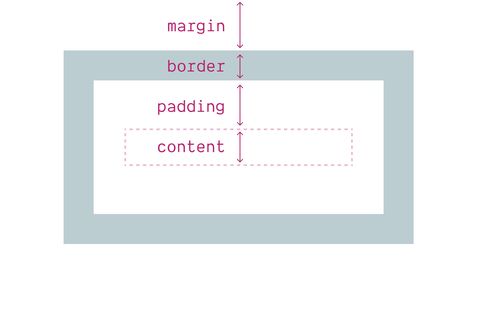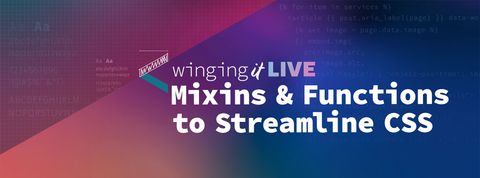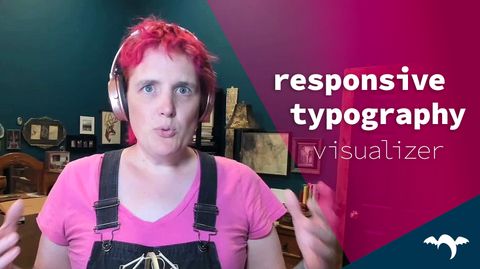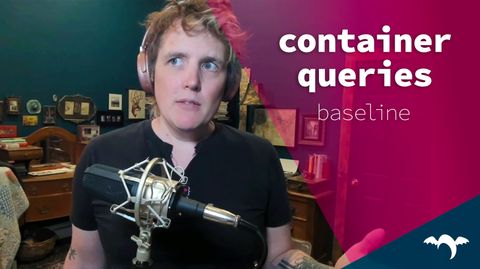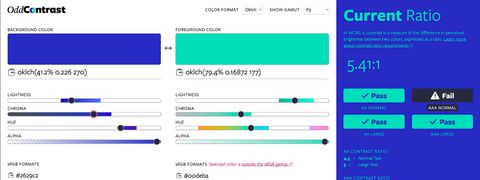Cross-Browser Anchor Positioning
Anchor Positioning is available in all browsers. What’s next, with Eric Meyer.
It’s finally here! With the release of Firefox 145, CSS anchor positioning is available in all browsers. It’s still behind a flag in Firefox, so it isn’t Baseline Newly available quite yet. Join James Stuckey Weber, Miriam Suzanne, and Eric Meyer of Igalia as they talk about the emerging patterns…



